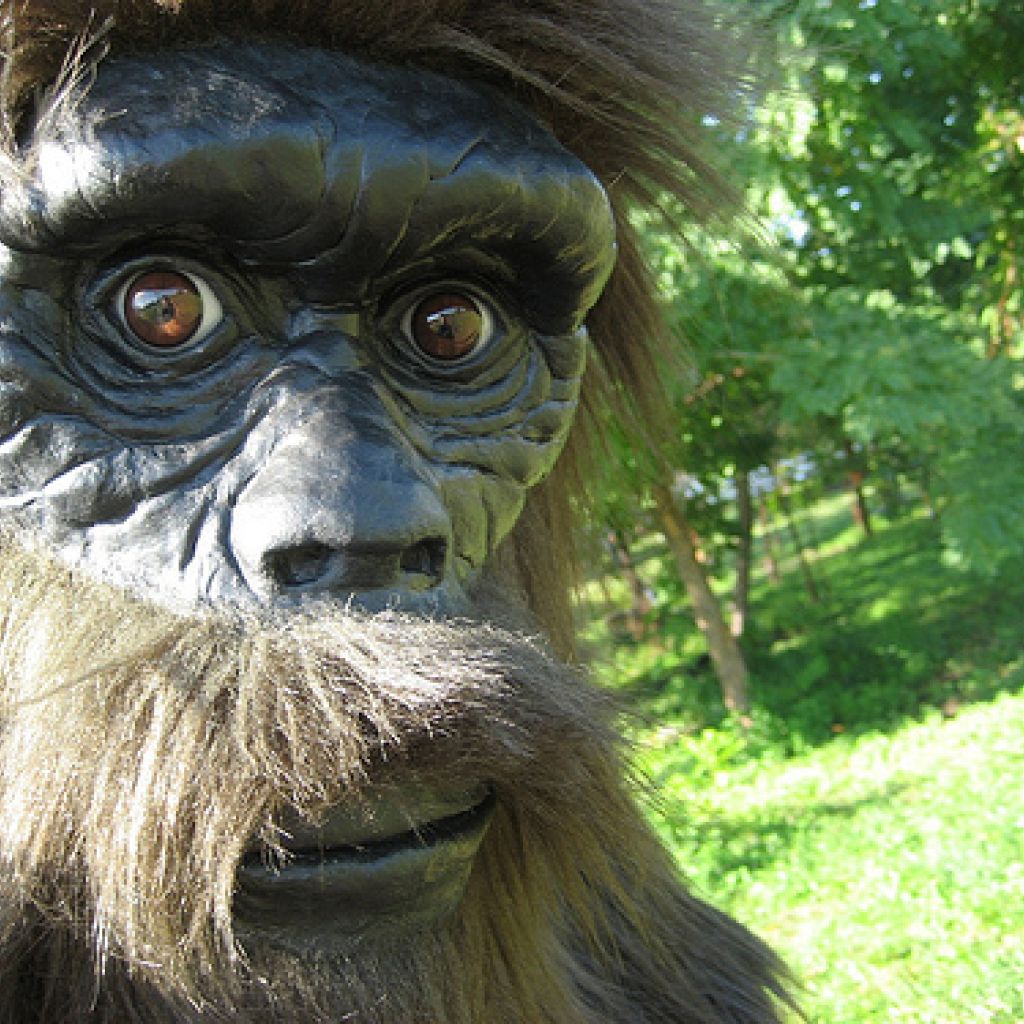Is the yeti related to ancient polar bears?

He’s been known over the years by many names – yeti, Bigfoot, Sasquatch – and now a British geneticist believes he may have found the key to the mystery of the ever-elusive abominable snowman (considered by some to be a creature of myth and legend).
In an online article in Times Live in late 2013, Bryan Sykes, emeritus professor at Oxford University, matched DNA from two animals claimed to be yetis, to that of an ancient polar bear.
“We have found an exact genetic match between two samples from the Himalayas and the ancient polar bear,” said Sykes of his discovery.
For centuries across the globe there have been sightings of tall, hairy, ape-like creatures that have remained hidden from human discovery.
Known as “migoi” in the Himalayas, “Bigfoot” in North America and “Almasty” in the Caucasus mountains, the creatures have been seen and caught on camera, but never captured.
Due to descriptions of a shambling gait and bipedal nature, eyewitness accounts lead scientists to believe that the creatures may be related to humans, but Sykes says they are more probably bear hybrids.
Using samples from 70 suspected yeti sightings from all over the world, Sykes extracted DNA from 27 for comparison with other animal genomes.
Commenting on his findings, Sykes said they did not necessarily indicate that ancient polar bears were responsible for the sightings.
However, he did suggest that they may be linked to a subspecies of brown bear living high in the Himalayas – “a descendant of the bear that was the ancestor of the polar bear”.